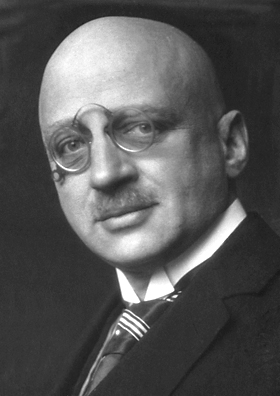Activity 1: "Shade balls"Subtopic 17.1 - The equilibrium law
NOS statement 4.8 - Science has been used to solve many problems and improve man’s lot, but it has also been used in morally questionable ways and in ways that inadvertently caused problems.
Time: 10 mins.
Task: Read the article below about the use of "shade balls" to reduce the rate of evaporation of water reserves. It is being used as one solution to current drought in California. Can you think of any problems that could be related to the use of these 96 million plastic balls?
|
(Rogers, 2015)
|
Extension: The original purpose of shade balls was actually not to reduce evaporation. Find out what the original purpose was and to which IB topic it is related to.
References:
Rogers, K. (2015). In California, Millions of ‘Shade Balls’ Combat a Nagging Drought. Nytimes.com. Retrieved 5 February 2016, from http://www.nytimes.com/2015/08/13/us/in-california-millions-of-shade-balls-combat-a-nagging-drought.html?_r=0
Rogers, K. (2015). In California, Millions of ‘Shade Balls’ Combat a Nagging Drought. Nytimes.com. Retrieved 5 February 2016, from http://www.nytimes.com/2015/08/13/us/in-california-millions-of-shade-balls-combat-a-nagging-drought.html?_r=0
Activity 2: The uses of scienceSubtopic 7.1 - Equilibrium
NOS statement 4.8 - Science has been used to solve many problems and improve man’s lot, but it has also been used in morally questionable ways and in ways that inadvertently caused problems.
Time: 10 min.
Task: In pairs, select one of the sources below and summarise Fritz Haber's contribution to science in a maximum of 3 sentences.Compare both summaries and discuss the following points:
|
Extension: Henry Le Chatelier also worked on the problem of ammonia production and was very close to reaching the conditions that Haber found. How might this have impacted history differently? Hint: Le Chatelier was French.
References:
Fritz Haber (no date) Available at: https://upload.wikimedia.org/wikipedia/commons/1/1e/Fritz_Haber.png (Accessed: 21 February 2017).
Fritz Haber (no date) Available at: https://upload.wikimedia.org/wikipedia/commons/1/1e/Fritz_Haber.png (Accessed: 21 February 2017).
